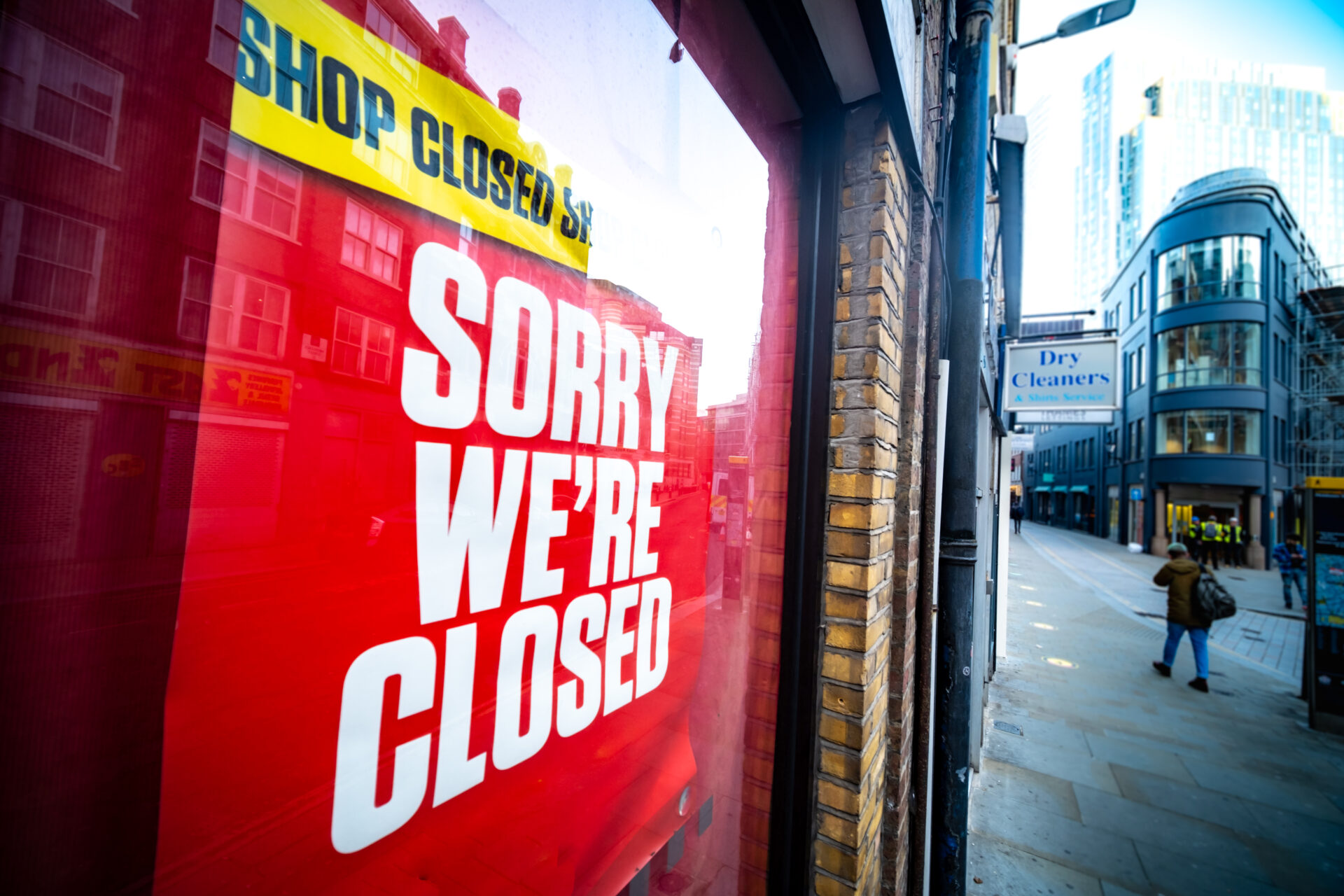Forbes Burton has released its 2024 list of the UK’s most distressed businesses, detailing the significant toll on household names and high-street staples. In 2024, more than 200 well-known companies either closed branches, entered administration, or cut staff amid severe economic challenges.
The report paints a stark picture of the current state of the UK economy, with 146,500 jobs lost due to high-profile closures. Retail and hospitality have been hit particularly hard, with brands such as The Body Shop and Victoria Plum scaling back their physical presence. In total, over 8,000 branches of household names have disappeared from the high street.
The financial sector has not escaped unscathed. The closure of 441 bank branches and 115 Post Offices has reduced access to essential services, especially for those without reliable internet. Meanwhile, the brewing industry is reeling, with more than 900 jobs at risk as rising costs and shrinking demand take their toll.
Rick Smith, managing director of Forbes Burton, warned that the situation could worsen in 2025. “As bad as the list looks for UK businesses this year, we could potentially see even more severity in next year’s. Measures introduced in the government’s Autumn Budget have spooked UK business owners by raising both National Insurance contributions and the National Minimum Wage. Companies that have barely survived the pandemic, cost-of-living crisis, and the economic effects of Russia’s invasion of Ukraine will be nervously looking at how they can navigate 2025.”
Smith also pointed out that the struggles of big businesses highlight the precarious position of smaller firms. “By showing how many large corporations and high-street names have struggled this year, we can start to understand just how difficult it is for small-to-medium-sized businesses to stay afloat. Larger firms can often absorb economic shocks by cutting costs, but SMEs don’t have that buffer. Many are just one external hit away from collapse,” he said.

















